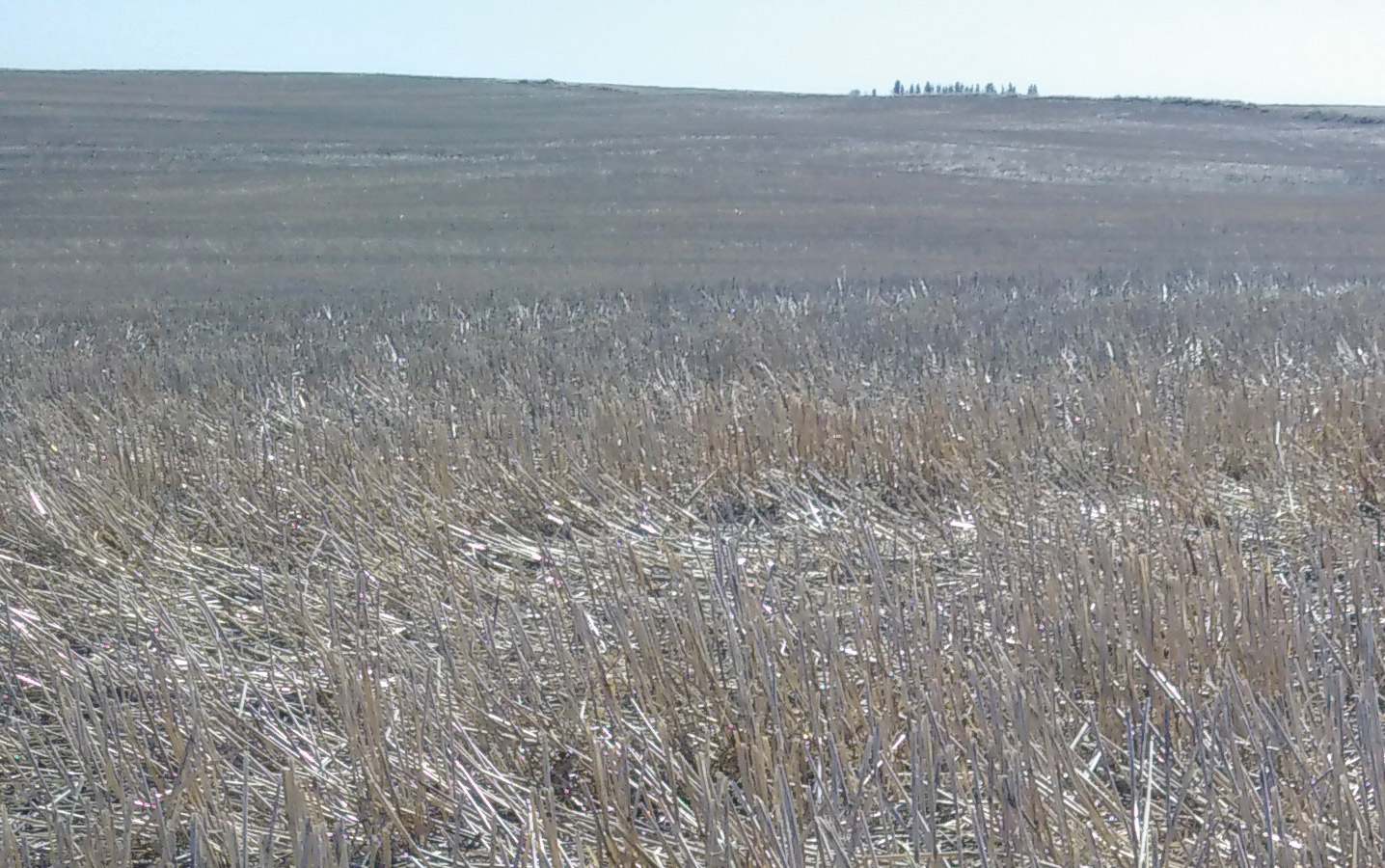Tillage decisions
 Step 1. See the big picture
Step 1. See the big picture
While total seeded acres across the Prairies went up 12 per cent from 1991 to 2016, use of tillage to prep the seedbed decreased by 58 per cent and no-till increased by 943 per cent in that time, according to Statistics Canada figures. Popularity of no-till operations grew mainly due to decreased fuel usage and increased concern for soil conservation. Although extensive research has shown that no-till operations yield even more benefits than initially realized, tillage has been making a comeback.
Step 2. Recognize the risks
While tillage does help rid fields of excessive moisture, consider these other tillage factors before deciding to till:
Clubroot spreads. Clubroot spores move through the transportation of soil, and tillage equipment can be a significant mover of soil. Removing soil from equipment before leaving a field is extremely important. If soil erosion increases, this also increases the movement of clubroot.
Soil pans form. Tillage will disrupt aggregates (pores which hold air and water and/or allow them to pass through), therefore decreasing the soil structure stability. This can limit drainage capacity and oxygen movement within the soil. With a return to tillage, fields can form tillage ‘pans’, a horizontal soil layer with a lower porosity and higher bulk density than the soil above it.
Organic material (OM) goes down. The greater the tillage, the greater the loss of soil OM. Once tilled, expect at least five years for soil to gain back its no-till productivity in regards to OM stability.
Step 3. Ask yourself, is tillage a trend or a requirement?
Although I have listed many negative factors surrounding tillage, in some situations, tillage is required. No one answer will fit every situation. Look at each field and scenario differently and critically, considering climate, cost, soil type, moisture, labour, drainage, type of weeds, insects and disease, crop type, crop residue and field conditions (deep ruts, for example).
Step 4. Consider all options for land preparation
Different implements can aid in crop residue distribution and incorporation, and moisture maintenance. Understanding which will provide the best fit for your situation will help make a better decision.
Conventional: A system incorporating most of the crop residue into the soil from multiple cultivation passes.
Conservation: As StatCan defines it, this is a system that limits the severity of tillage to retain stubble and crop residue still visible on the field. Alberta Agriculture’s document “An introduction to wind erosion control” ranks implements by the residue incorporated into the soil after one pass. A moldboard plow incorporates 60 per cent after one pass. A chisel plow incorporates 30-50 per cent. Tandem disc is 40 per cent. Harrow is 5 to 35 per cent.
True Vertical: Using rippled and/or straight discs in the soil that are placed straight into the soil (zero degree angle) to cause shallow vertical soil movement.
Pseudo Vertical: Discs are placed on an angle or too deep into the soil. This causes significant soil movement, and high speed makes it worse.
Step 5. Include an ROI calculation in the decision
Costs play a major role in deciding whether tillage is required. Equipment currently on hand, labour available and current field conditions are factors in the return-on-investment decision. For example, although there are great benefits in true vertical tillage implements, feasibility is not realistic for every grower, nor is the unit required for everyone. Critical judgment calls are vital when deciding if your field requires tillage. What are you willing to risk long term for short-term gain?





